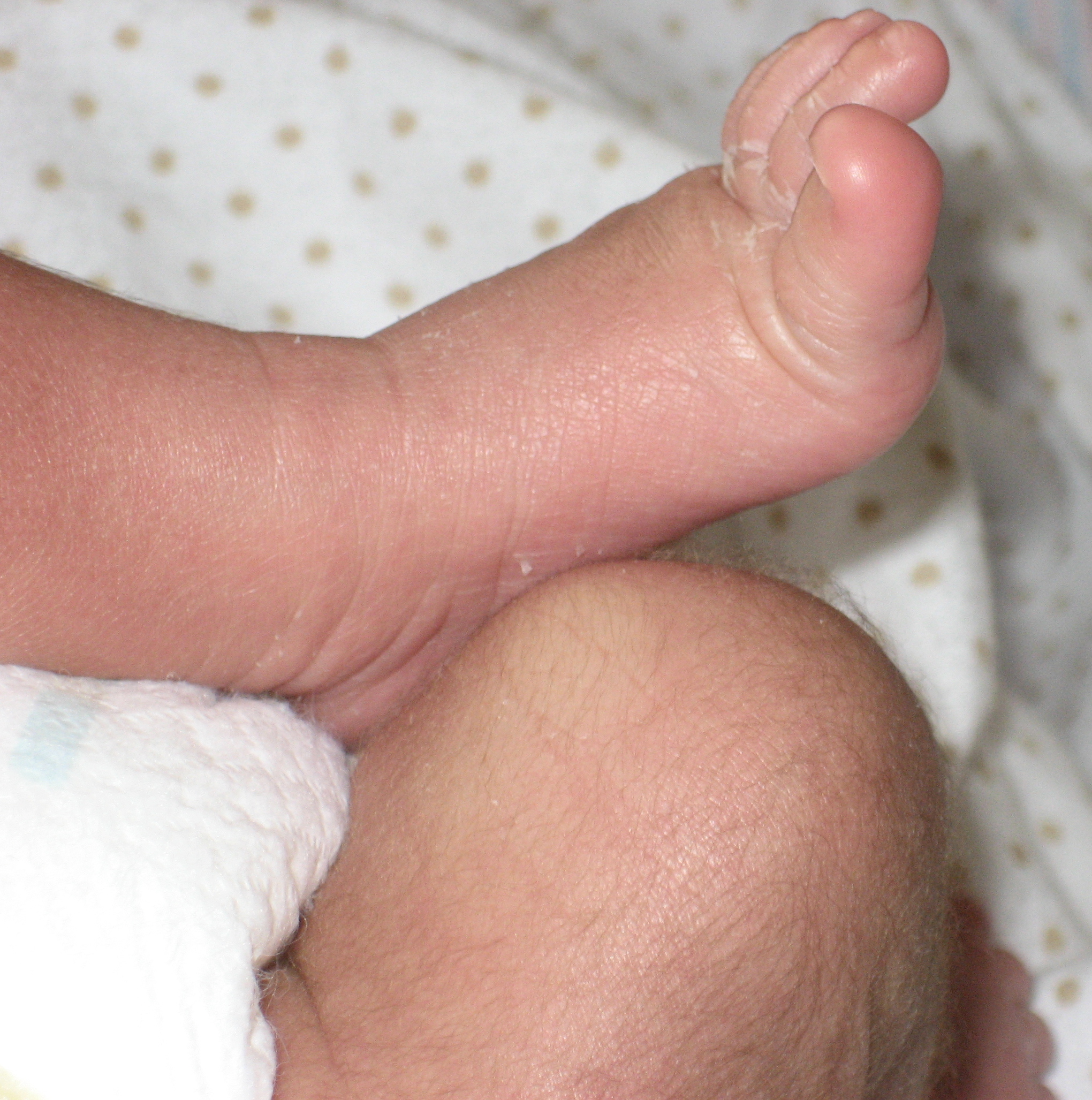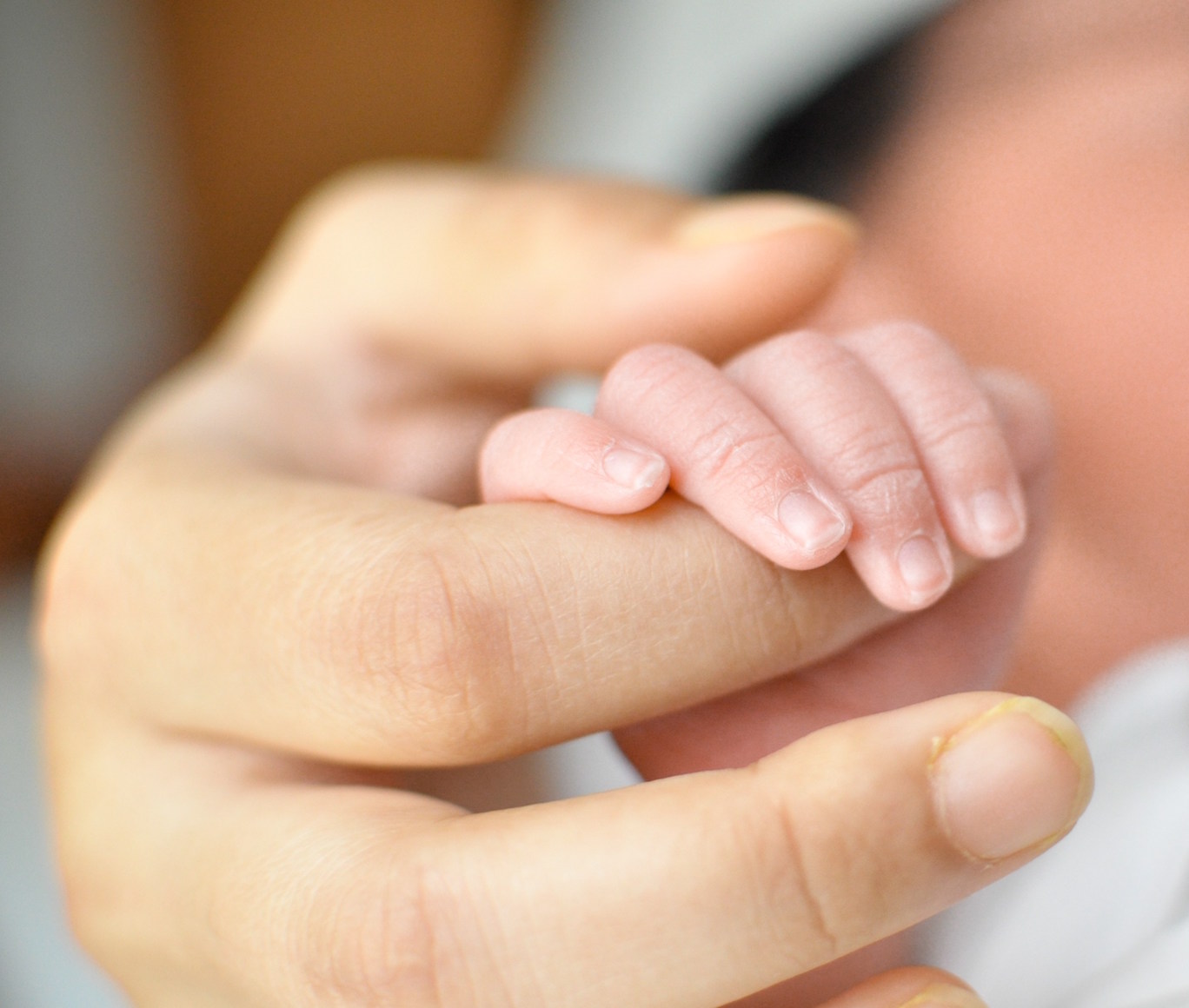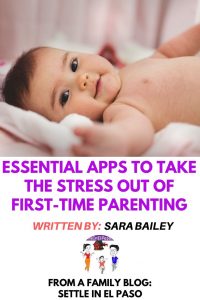
- Mom needs enough calcium during pregnancy. Calcium is necessary for building bones of the baby. If mom does not get enough calcium from food sources, calcium will flow to the baby from the mother’s bone. Therefore, calcium is very crucial. Sources of calcium include milk, yogurt, broccoli, orange, sardine, etc.
- The duration of pregnancy is 40 weeks. Somewhere from week 24 to 27, the fetus is considered viable, meaning the baby can survive outside the uterus. It is a good idea to feel and notice the baby movement carefully at this time. There are some numbers for usual movements (for example, ten kicks in two hours based on countthekicks.org/faq/ ) Please keep in mind that every baby is different and there are periods of no activity. If you really want to check the baby movement at some point (for peace of mind), drink something sweet, maybe a soda. It usually helps.
Moving onto the ‘after’ stage, let’s go over the baby-things first. People fondly call the first few months the fourth trimester. This is the time when babies are very dependent on us for fulfilling their basic needs. Basic needs include food, hygiene, rest, and interaction. This does not necessarily mean that the basic needs will diminish after the fourth trimester. This rather means you will become used to the extra work! Just kidding. Anyway, here are some basic items I wish I knew before my child was born. I am pretty sure everything is on the Internet. I just did not know what to search for.

Food
First six months are relatively less complicated in terms of the types of food that are available for the baby. The only two options are breast and bottle. We used both of these. Breast versus bottle can become a highly emotional issue for moms. Breastfeeding is good for a number of reasons, including convenience. Bottles are sometimes easy as well. There are powdered milk, concentrated formula, or liquid formula. Liquid formula is ready-to-feed. There are smaller 2oz bottles or larger 32 oz bottles. 2 oz remains good for approximately 40 minutes after opening.
How much food do little munchkins consume?
Little munchkins sometimes can take half an hour to gobble down 2 oz, so hang in there! 32 oz bottles are good for two or three days and must be refrigerated after opening. It has to be refrigerated once opened. Dear Husband (DH) would write the date and time of opening in the bottle with a marker, along with the expiry date. This made it a lot easier to track the expiration time of the opened bottles.
How to warm formula or breastmilk
To warm formula or breast milk, put the bottle in a glass of hot water. Let it sit for a minute or so. Gently swirl it a few times to evenly warm up the milk. Hot water from the faucet works as well. We did that for a month but it is a wastage of time and water. Or, yes – there is an OR, we can use a microwave! PLEASE DO NOT MICROWAVE THE MILK UNDER ANY CIRCUMSTANCE.
Microwave destroys quality ingredients from formula or breast milk. We are talking about microwaving water only, water where the milk bottle will be dipped so as to warm the milk within the bottle. In 60 seconds I got a boiling half glass of water! Bring the glass of hot water out of the microwave. Put the bottle containing the milk in the glass of hot water. Then in a few minutes, the milk is lukewarm. Wa-lah! It took me a month to get this brilliant idea! If it is any consolation, I am still figuring out things, and now it’s ‘you know, it took me a few years to figure many things out’! A month was way better than ‘a few years’.
For how long should I feed my newborn?
Ideally, it is good to feed a newborn for around twenty minutes. It can be lesser if a bottle is given. For breastfeeding, ten minutes on each side should be enough.
Seek consultation from a lactation specialist
Breastfeeding can be difficult for new moms or sometimes pre-term babies. Hospitals will have a lactation specialist who should be able to help you with breastfeeding during your stay at the hospital. You can also seek consultation from a licensed lactation specialist. Working moms can pump regularly to build a stash of milk for when the baby goes to childcare.
Breast pumps can be manual or automatic. Price can vary anywhere from $40 to $300. Insurances nowadays pay for it. It used to be a lengthy process to get the pump from a specific medical supply store, to get reimbursed by the insurance a few years back. I don’t know how it is done right now. Some places do rent the pump; parents have to purchase the accessories. The lactation specialist should be able to tell about the renting option. It is a good way to try out the pump before deciding to purchase it. We rented first then purchased.
How did we know if the baby was getting enough milk?
Count the number of pee and poops. The ideal range of pee and poops varies based on the age of the baby. We went to a lactation specialist the next day we returned from the hospital. We came to know that our baby was not getting enough milk from breastfeeding. The lactation specialist weighed our son before and after feeding. The difference was not substantial. That is when I decided to feed our son both breastmilk and formula.
Burp
Burping is an essential part of feeding a baby. When babies drink milk, air goes inside their tiny tummy, and we need to help the babies to get the air out. After every ounce of milk, try for a few minutes to burp the baby. Just a rough estimate, make them burp after every ten minutes while feeding, assuming that the baby will intake two ounces in twenty minutes. How do you make the baby burp? Either you can pat the baby ever so softly and it will still feel like whacking, or you can place your palm on the back of the baby and gently do a circular motion without losing touch.
Burps were usually loud, so we knew when to stop. Again, the lactation specialist taught us the burping process. It helps to have the right kind of bottle to reduce the amount of air that is going in with the milk. Some bottles will have straw-like inserts, which worked best for us. Some bottles have bent neck. Instead of buying a set of variously sized bottles, we got small bottles from 2-3 companies to see which works best. In the end, we went with some bottle of Dr. Brown’s series.
Spit and vomit
Although vomiting is very normal it freaked us out because we didn’t know it is common! Knowledge is power. Our parents were trying to comfort us over Skype or phone and tell us how common it is for babies to spit up or vomit. My thinking was something like this, ‘they are trying to calm me down, it must be something serious. When is spitting normal? Who spits or vomits after feeding? Not a healthy person. What do they know! I must know. I must Google!’. Let’s just say, ‘Google’ing is not for the faint of heart when it comes to analyzing the symptoms of anything or nothing!
Babies do spit a lot until they can seat up straight which is usually after six months (can be later too). They can also vomit. As long as the vomit is not really forceful and accompanies a fever, we can keep a close eye to the situation. How did I know it was ‘forceful’ vomit? Well, one of the books said if the ‘projectile’ vomit was going more than 3 feet than it ‘might’ be alarming. I was getting very good at mentally measuring vomit distance until Dear Son (DS) decided to vomit in a wall, from less than 3 feet away. I had no way of knowing how far it was going – unless I measured the speed, and distance, and use gravity in an equation to figure that out. Lesson learned, take it easy (it took me three years to learn this, practice is the key).
Crying
Babies cry — that’s how they communicate. It is not always a distress signal. It can be, and most of the times it is, they are tired, scared, overwhelmed, startled, hungry, uncomfortable, and a lot of other things. Every time DS made an attempt to cry, I would miss a few heartbeats, and go into a panic mood. It took me some time (read, years) to get used to the cry and ignore the urge to move into the panic state. Now I am able to look past the noise and look for the cause. If a baby cries, most likely it is either hunger, a need to change the diaper, or time to fall asleep. It can be the baby wants to be picked up and rocked a little, or maybe help with burping.
Carrying the baby at his stage is not spoiling them. Skin time, touch, attachment etc. are crucial for their physical and emotional development. We carried the baby a lot. Some kind of sling or carrier can be useful. Some of these are long pieces of cloths, others are more shaped to cradle the baby secured with belt and buckles. I didn’t know about the slings. If I knew I would have given them a try. Carriers were bulky for me. We carried him in our arms.
Sleep
Hah… babies sleep a lot in the first month. We started to write the sleep, food, and toilets times in a whiteboard. It was useful for a while. Then, we had to wipe out the board. We lost the information. Taking pictures of the board and mentally processing the information were tiring. At this point, I tried a baby logger app called Baby Log. I liked it so much that I purchased it and entered data for 3 to 4 weeks. A few days of data was enough to see when and how long he was sleeping. This app helped us a lot. I still have the data and look at it from time to time. That was a ‘crazy time’, we thought. Now when we look back, it seems like such a ‘happy time’.
Going back to sleep, babies usually sleep for 1-2 hours at a stretch. Some books/sites recommended waking up the baby every 2-3 hours for feeding. Parent’s said, let him sleep as long as he wants. We followed a mixed approach. The changing-feeding-burping-sleeping cycle itself was 1-2 hours. By the time he was ready to fall asleep, it was time for his next feeding! If he falls asleep, we let him sleep.
Also, we shared a bed. We still do. DH was the biggest advocate for keeping the baby close to us. We got one of those big sleep baskets and put it in the middle of the bed. So, we were not worried about rolling on top of the baby. Although I am not sure if DS liked it much, he was always pressing his nose against the net and sleeping on the side of the basket. We also used a rolling bassinet to take him from room to room. When he outgrew the bassinet, we got the crib. None of these arrangements were pre-planned. We decided based on our needs and
Hygiene
A diaper can be disposable or can be made of cloth. We took the disposable route just for convenience and lack of knowledge in the cloth diapering. First few weeks, we were changing the diaper every time DS had a pee. We were using those expensive diapers which change color to show if the baby had a pee. DS was peeing a lot and I was scared about the number of diapers needed to cover his pee or poop. A friend of mine shared the delightful knowledge that the diapers are absorbent enough for a few rounds of pees, maybe 2-3 hours, depending on how full it is, and it won’t feel wet on the baby bottom. Poop, a different story. It needs to be cleaned as soon as possible.
We gave DS a shower every two/three days but wiped him with a warm washcloth at least twice, if not more, per day. He liked it a lot. We did not use any lotion for the first few months. Vaseline worked great for any skin issues. We still rely on it a lot for treating minor cuts and bruises.
I still have a bit more to share about some baby stuff like nasal aspirator or thermometer. Maybe, in another post. Until then, thanks for reading. We hope you find it helpful and know what to look for when the time comes.
Please let us know if you have any question. We will try to address any question you may have. We will be back to you with more posts regarding this subject.
From a Family Blog: Settle in El Paso
Other relevant articles on parenting and raising a child
Subscribe to receive notifications on our new posts.









When my wife delivered the baby, we were lucky to have our parents beside us. My parents have 4 children and her parents have 3 children. We followed theri advice and it became easier to us. The most helpful advice came from my sister. Mysister is a self- proclaimed expert on children.
It is really nice to be reading about things that can help couples expecting a new baby. I mean not being ready can cause some sort of depression, but with the tips you shared, it can get easier for the couple be ready for it.
Thank you for your visiting and the kid words. Have a wonderful weekend.
Thank you for your informative post, my wife will give birth in November, and I forgot how it was with our first child, now I must recover all these useful information. Your post will give me a start and not only, there are a lot of good info that I can use.
Many many congratulations! That is a great news. We wish you and your family the sweetest times and good health of the mom and the baby. Have a wonderful weekend with your family.
Great tips here that will help a new mom feel more confident with child ♥
Thanks a ton for your visit and comment. Have a wonderful evening.
I sent this to my daughter. She’s expecting! 🙂 Thank you for visiting my blog and following it! I’m following you now too! 😀
That is very sweet of you! Congratulations to your daughter. Many many thanks for sharing the post with your daughter and following our blog! 🙂